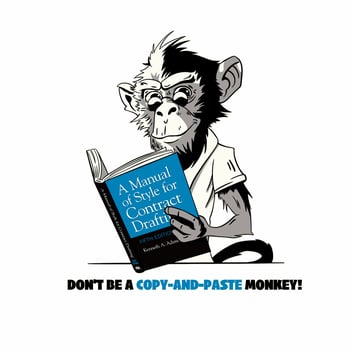
My favorite metaphor for our time of artificial intelligence is the concept of a "mechanical Turk".
The original mechanical Turk was a chess-playing machine built in 1770 that seemed to be able to play a good game of chess against a human opponent. It consisted of a mechanical man dressed in robes and a turban who sat at a wooden cabinet bearing a chessboard. The Turk was in fact operated by a human hiding inside. For more, go to Wikipedia or this Slate article.
"Mechanical Turk" is now used to refer to human labor that contributes to artificial intelligence. Amazon Mechanical Turk is a crowdsourcing website businesses can use to hire remote "crowdworkers" to perform discrete tasks that computers are currently unable to do as economically.
This article in the Stanford Social Innovation Review explains the phenomenon more generally:
Although tech companies tend to obscure the fact, and the public rarely realizes it, artificial intelligence (AI) systems are not the purely automated processes tech companies claim they are, but rather the product of human work. Some of that work is performed by everyday people using the internet when we do things like fill out “CAPTCHA” puzzles in order to access a website. But most of it is performed by a globally dispersed army of data workers who are paid pennies and have little recourse when they’re mistreated.
I'll now stretch the metaphor by regarding as a mechanical Turk anyone whose work is harvested by AI.
More specifically, AI used for contract drafting has been trained on contracts in the U.S. Securities and Exchange Commissions's EDGAR system and other caches of contracts. But contracts don't have authors. Instead, those who draft contracts compile and revise. Or rather, to use the standard phrase, they copy-and-paste. In effect, every contract has many authors, rather in the way that if you sleep with someone without a condom, you’re also sleeping with everyone they’ve slept with, and everyone whom they’ve slept with have slept with, and so on.
And copy-and-pasting requires relying, on faith, on precedent contracts and templates of questionable quality and relevance. Thanks to generations of copy-and-pasting, those doing the copy-and-pasting generally have a shaky grasp of what they're copy-and-pasting, and they rely on misconceived conventional wisdom to paper over the cracks. So mainstream contract drafting is systemically dysfunctional. I've devoted 25 years to chronicling the dysfunction in excruciating detail.
If you indulge me in my expanded definition of "mechanical Turk", the term covers quite a spectrum. At the more interesting end, we have the chess masters who crouched within the original mechanical Turk, observing by candlelight the moves made by a human and making moves on behalf of the human's mechanical opponent. At the more crass end, you have AI ingesting a flood of contracts, almost all of which fail to some degree in what they say and how they say it, and spitting out distillates.
It's hard to see much good coming of this souped-up copy-and-pasting of copy-and-pasted contracts. Nevertheless, a chorus will tell you that a new age is dawning. Why? Because we've long been blind to the dysfunction. Because we're mired in learned helplessness. (See this 2013 blog post.) Because some of us are ripe to be marks for the P.T. Barnums of the world. And because the legal profession is used to looking, in vain, to others to solve its problems.
I'm sufficiently old-fashioned to think we should clean up our own messes, without relying on dei ex machina, including mechanial Turks of any sort. So that's what I'm trying to do.


